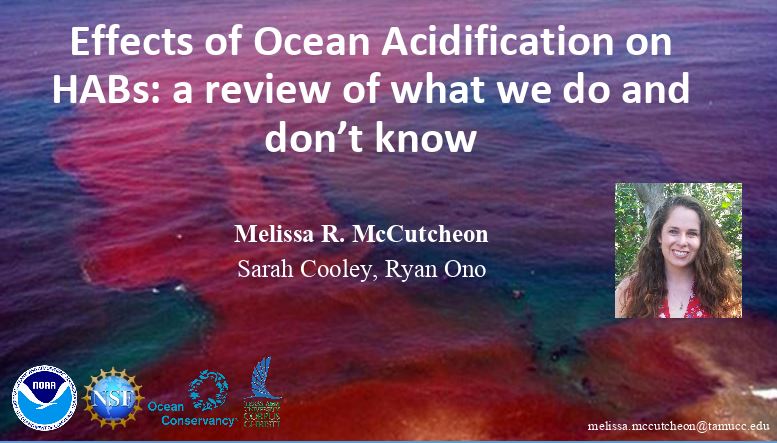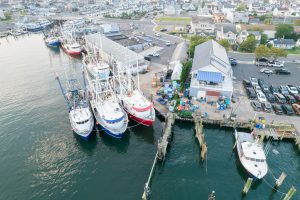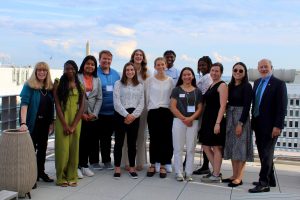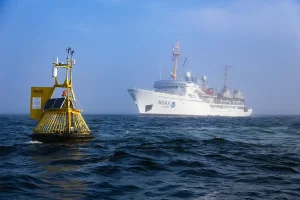Harmful algal blooms (HABs) and ocean acidification (OA) are both important, co- occurring coastal stressors. While certain environmental conditions—such as nutrient pollution and warming waters—have been closely tied to the proliferation of some HAB species, there is still a lot of uncertainty regarding the impact of OA on HABs. Several studies have found conflicting evidence about species’ responses to OA, likely due to strain-specific responses and
the interaction of OA with a suite of other environmental parameters. This webinar will discuss the current understanding of the response of several common HAB species to elevated CO2 concentrations. The potential for physiological changes in HAB species, including increased growth rates and increased toxin production, will be discussed along with the potential for OA to alter the competitive fitness of HAB species within phytoplankton communities.
View the recording and complete this questionnaire after viewing.






